The color produced by microscopically structured surfaces can be controlled by with the microfluidic preparation of monodisperse photoreconfigurable microspheres.
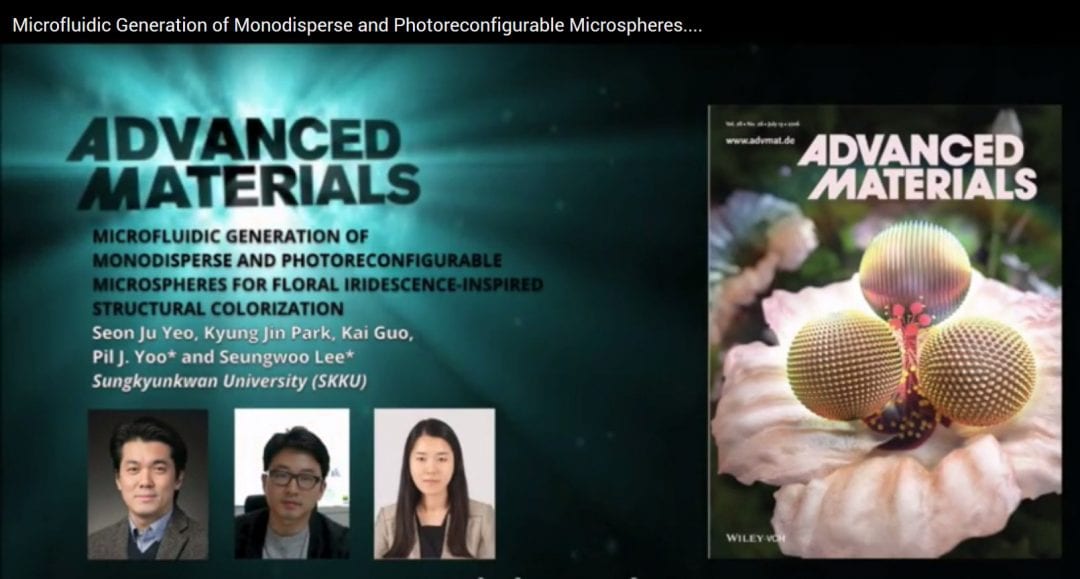


The color produced by microscopically structured surfaces can be controlled by with the microfluidic preparation of monodisperse photoreconfigurable microspheres.
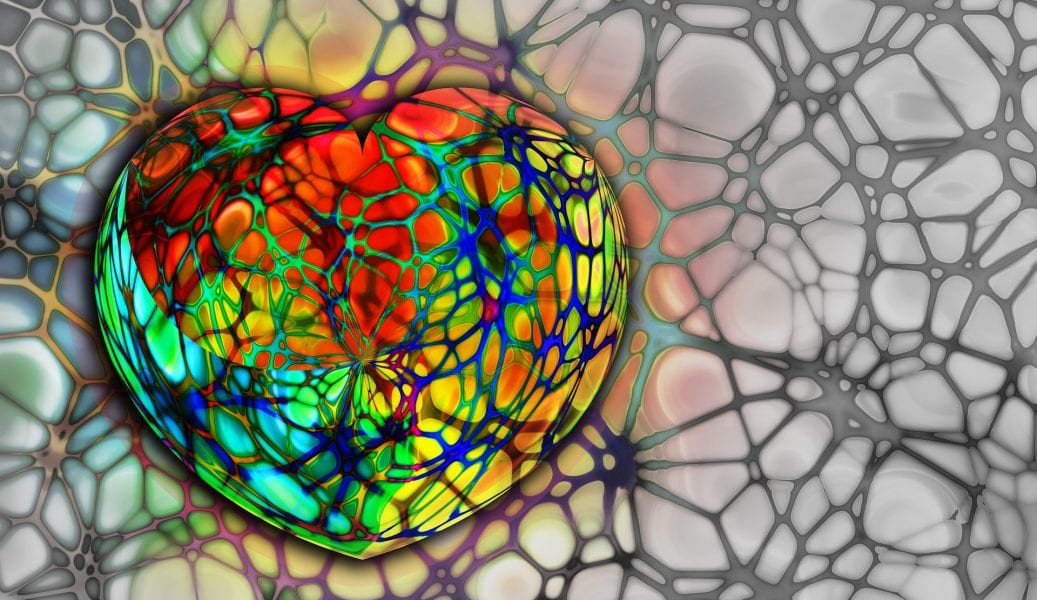
This month’s Advanced Healthcare Materials papers you have downloaded and read the most.
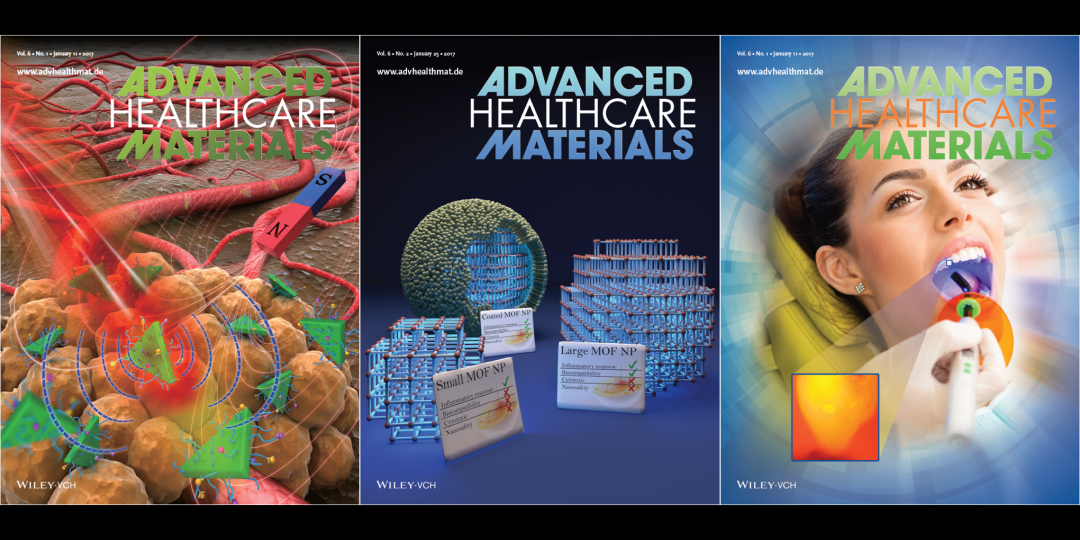
Research highlights from this month’s Advanced Healthcare Materials issues.

Understanding the physics of LIGO’s first gravitational-wave detection GW150914.

Yesilyurt et al. from MIT has demonstrated surface modification of model devices with an anti-biofouling zwitterionic polymer using a facile and scalable methodology.
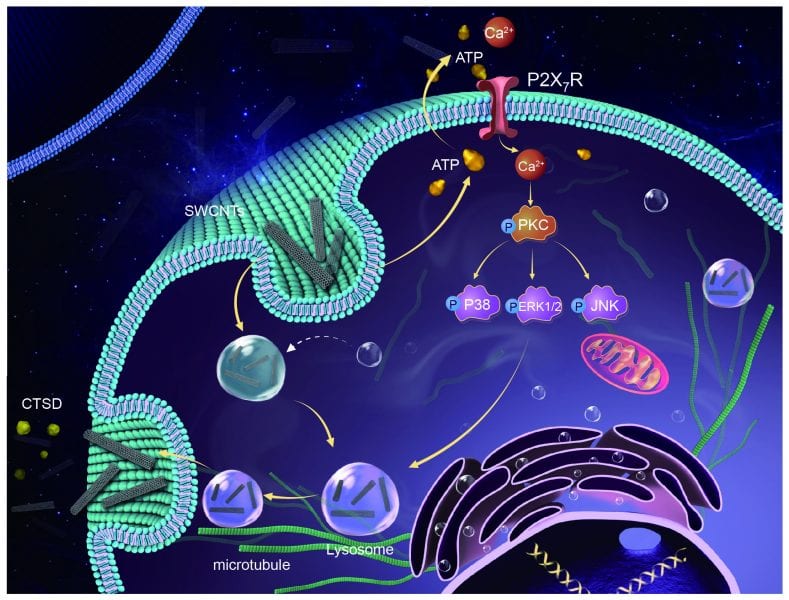
To design nanoproducts with improved therapeutic efficiency and controlled toxicity, we need to understand the mechanisms of cellular uptake and exocytosis of nanoparticles.
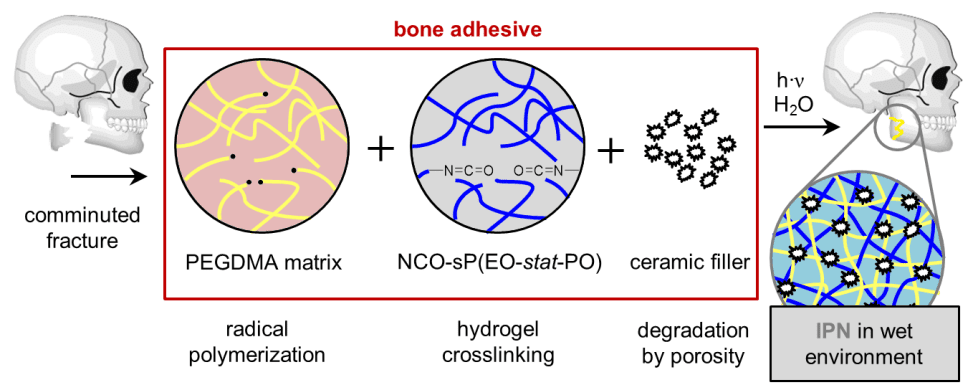
Groll, Gbureck and co-workers design a new material strategy that shows significantly improved wet adhesion of bone adhesives.
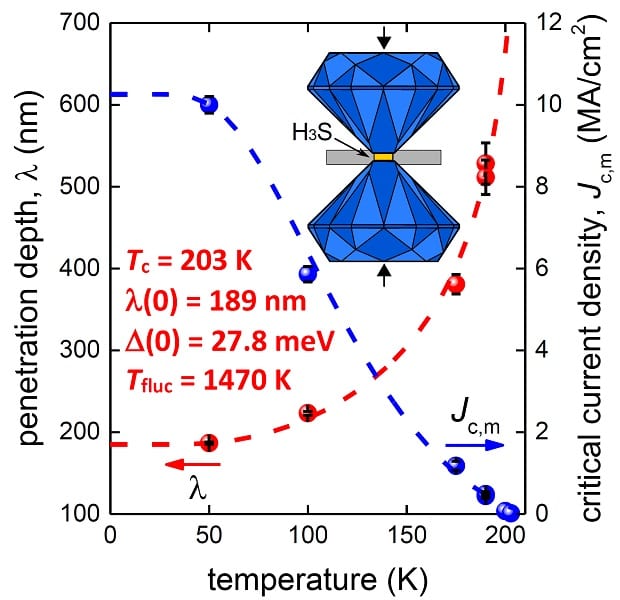
Superconductivity has been discovered in highly compressed hydrogen sulphide at an amazing 203 degrees kelvin.
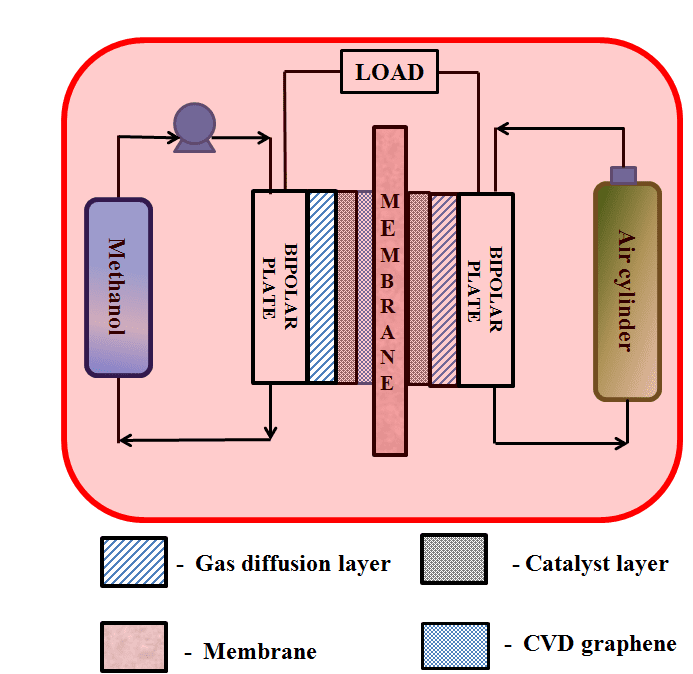
Researchers from the University of Manchester and Rice University report the testing of 2D material-graphene and hexagonal boron nitride in the membrane area of fuel cells
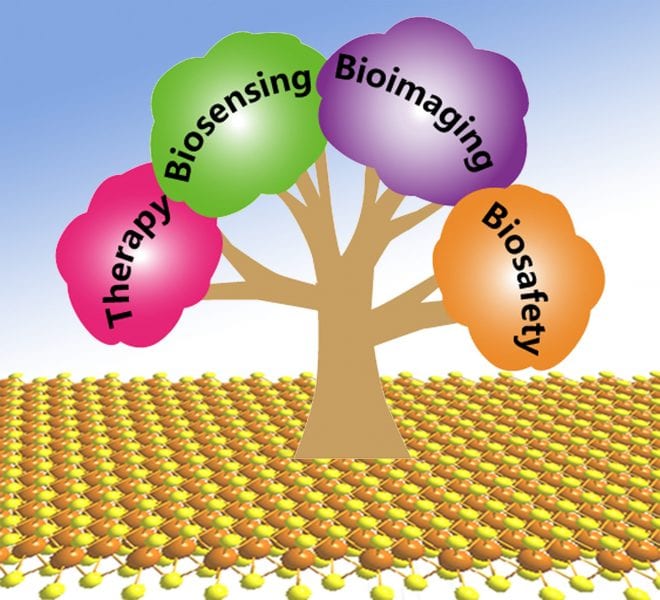
The majority of the developed bio-systems based on 2D transition metal dichalcogenides are reviewed in Small.